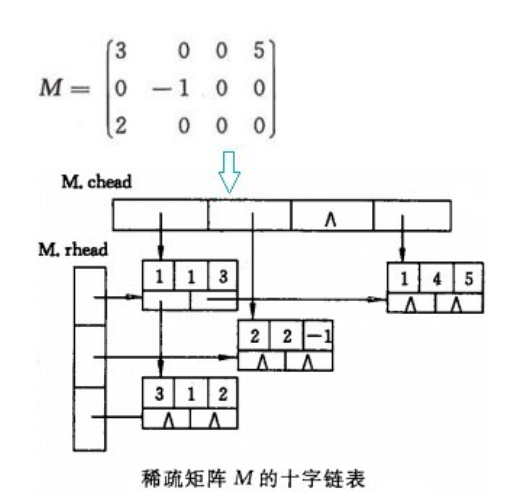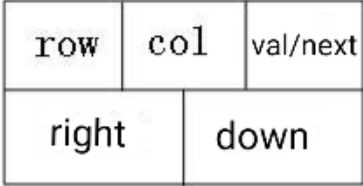Chapter 4 is about strings, arrays and generalized tables. In the process of doing the problem, strings are gradually found to be powerful in STL (the next goal is to be familiar with the functions of strings).
Skyscraper L1-8 AI Core Code Valuated at 100 million
Finally, the problem has been solved. The idea is to divide the levels as far as possible. The idea should be clear and rigorous. It is absolutely no problem to write more judgement functions.
AC Code: (Origin)
#include <iostream> #include <string.h> using namespace std; char map[1005]; char a[1005],b[1005],c[1005]; int alen=0,blen=0,clen=0; bool vis[1005]; bool isbiao(char a) { if(a>='a'&&a<='z'||a>='A'&&a<='Z'||a>='0'&&a<='9'||a==' ') return false ; else return true; } bool isspace(char a) { return a==' '; } bool isalone(char a) { return isbiao(a)||isspace(a)||a=='\0'; } bool iscan(char a[]) { return !strcmp(a,"can you"); } bool iscould(char a[]) { return !strcmp(a,"could you"); } void solve_kong_big_wen() { alen=0; int len=strlen(map),i=0; if(map[i]==' '){//Processing Preemptive Spaces while(map[i]==' '){ ++i; } } for(;i<len;++i){ if(map[i]==' '){ if(i+1<len && !isspace(map[i+1]) && !isbiao(map[i+1])) a[alen++]=map[i]; } else if(map[i]=='?') a[alen++]='!'; else if(map[i]>='A'&&map[i]<='Z'&&map[i]!='I') a[alen++]=char(map[i]+32); else a[alen++]=map[i]; } a[alen]='\0'; } void solve_can() { memset(vis,0,sizeof(vis)); blen=0; for(int i=0;i<alen;++i){ if(a[i]=='c'){ int flag=0; if(i+6<alen) { if(!((i-1>=0&&isalone(a[i-1])||i-1==-1)&&(i+7<=alen&&isalone(a[i+7])))) ; else { char m[10]; strncpy(m,a+i,7); m[7]='\0'; if(iscan(m)) { vis[blen]=1;b[blen++]='I';b[blen++]=' ';b[blen++]='c';b[blen++]='a';b[blen++]='n';i+=6; continue; } } } if(i+8<alen){ if(!((i-1>=0&&isalone(a[i-1])||i-1==-1)&&(i+9<=alen&&isalone(a[i+9])))) { b[blen++]=a[i];continue; } char m[15]; strncpy(m,a+i,9); m[9]='\0'; if(iscould(m)) { vis[blen]=1;b[blen++]='I';b[blen++]=' ';b[blen++]='c';b[blen++]='o';b[blen++]='u';b[blen++]='l';b[blen++]='d';i+=8; } else b[blen++]=a[i]; } else b[blen++]=a[i]; } else b[blen++]=a[i]; } b[blen]='\0'; } void solve_I() { clen=0; for(int i=0;i<blen;++i){ if(b[i]=='I'&&!vis[i]){ if(!((i-1>=0&&isalone(b[i-1])||i-1==-1)&&(i+1<=blen&&isalone(b[i+1])))) c[clen++]=b[i]; else { c[clen++]='y';c[clen++]='o';c[clen++]='u'; } } else if(b[i]=='m'&&i+1<blen&&b[i+1]=='e'){ if(!((i-1>=0&&isalone(b[i-1])||i-1==-1)&&(i+2<=blen&&isalone(b[i+2])))) c[clen++]=b[i]; else { c[clen++]='y';c[clen++]='o';c[clen++]='u';i++; } } else c[clen++]=b[i]; } c[clen]='\0'; } int main() { int N; cin>>N; getchar(); while(N--){ cin.getline(map,1004); solve_kong_big_wen(); solve_can(); solve_I(); cout<<map<<endl; cout<<"AI: "<<c<<endl; } return 0; }
The topic I want to discuss is 7-1 sparse matrices.
This problem has not been deleted and increased, only queries, it feels like opening a structured array to store data + A for loop traversal can be solved, but I'll try to think about the cross linked list.

(Photo Source Network)
The figure above is just like a sparse matrix. It has a head pointer for each row, a head pointer for each column, and n nodes.
Graph of nodes:

(Photo Source Network)
A node represents information of a non-zero number in a matrix
Includes row s, col umns, value s, right pointers to the right, down pointers to the following
Here are my steps to create a cross-linked list:
First: Definition (Node + Link List)
Define nodes:
#include <iostream> #include <string.h> #include <algorithm> #include <stack> #include <stdio.h> #include <cmath> using namespace std; #define maxn 1000010 int n,m,t; typedef struct node{ int x,y,w; node *down,*right; }node; struct crosslist{ node *rhead[505],*chead[505];//Row, column int hang,lie,num; }M; void create() { node *p,*q; cin>>n>>m>>t; M.hang=n; M.lie=m; M.num=t; for(int i=1;i<=n+5;++i){ M.rhead[i]=NULL; } for(int i=1;i<=m+5;++i){ M.chead[i]=NULL; } int i,j,w; for(int k=1;k<=t;++k){ cin>>i>>j>>w; p=new node; p->x =i; p->y =j; p->w =w; if(M.rhead[i]==NULL || M.rhead[i]->y>j ){ p->right =M.rhead[i]; M.rhead[i]=p; } else { for(q=M.rhead[i];q->right!=NULL&&q->right->y < j;q=q->right); p->right=q->right; q->right=p; } if(M.chead[j]==NULL || M.chead[j]->x >i ){ p->down=M.chead[j]; M.chead[j]=p; } else { for(q=M.chead[j];q->down!=NULL&&q->down->x<i ;q=q->down ); p->down=q->down; q->down=p; } } } void query(int k) { int flag=0,i=0; while(flag==0&&i<=n) { ++i; node *p; p=M.rhead[i]; while(p!=NULL) { if(p->w==k){ flag=1; cout<<p->x<<" "<<p->y; break; } else p=p->right; } } if(flag==1) ; else cout<<"ERROR"; } int main() { create(); int n; cin>>n; query(n); return 0; }
The goal set by the last blog was not accomplished because the lecture was too fast to do + the thought understood but the code could not be knocked out.
The next goal is to familiarize yourself with string functions and knock out the chairman tree.